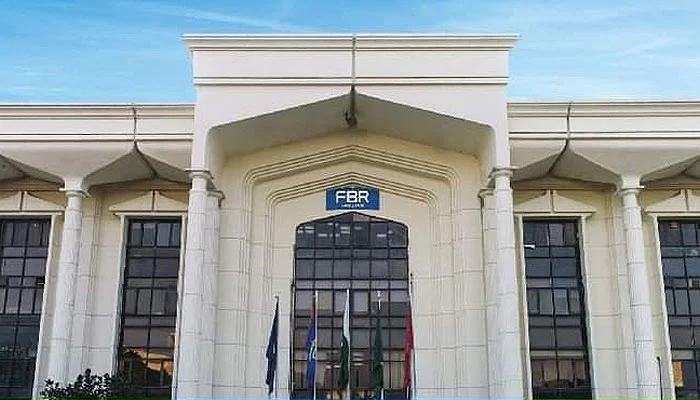GAZA CITY: At least 95 Palestinians, including women, children, and a journalist, were killed on Monday after Israeli forces launched a series of airstrikes across Gaza targeting a seaside café, a school sheltering displaced families, and multiple food aid distribution sites, according to health authorities in the besieged enclave.
The most devastating attack occurred in northern Gaza City where 39 people were killed at Al-Baqa Café, a local seaside establishment known as a rare spot of respite in a war-ravaged area. Witnesses said the café was hosting a birthday gathering when Israeli warplanes struck without warning. Journalist Ismail Abu Hatab was among the dead.
“We found people torn apart,” said witness Yahya Sharif. “This place had no political or military affiliation. It was full of children.”
Al Jazeera’s correspondent Hani Mahmoud described the site as a “blood-soaked crater” and reported that many displaced Palestinians used the café as an informal community refuge.
Schools and Hospitals Under Fire
The Israeli military also bombed Yafa School in Gaza City, killing civilians despite claims that warnings had been issued just five minutes before. Survivors said hundreds of people were using the school as a shelter after being displaced multiple times.
Another strike hit Al-Aqsa Hospital in Deir el-Balah, damaging tents in the courtyard and wounding several displaced persons sheltering there. Al Jazeera’s Tareq Abu Azzoum, reporting from just meters away, confirmed that no warning was given prior to the explosion.
“This is the 10th attack on this hospital during the war,” he noted. “It’s part of a larger pattern of systematic targeting of Gaza’s collapsing healthcare system.”
The Gaza Government Media Office condemned the attack as a “systematic crime” against civilian infrastructure and called on the international community to act.
Aid Sites Targeted
In Khan Younis, at least 15 Palestinians were killed and 50 others wounded while waiting for food at aid distribution hubs run by the controversial Gaza Humanitarian Foundation (GHF), backed by the United States and Israel. These latest casualties bring the total death toll at such sites to nearly 600 since late May.
This follows a report by Israeli newspaper Haaretz, quoting unnamed soldiers who said they were instructed to fire into civilian crowds, even when there was no visible threat.
Forced Displacement and Escalation
The Israeli military has resumed forced evacuation orders for entire neighborhoods in northern Gaza, including parts of Zeitoun and eastern Gaza City, signaling a renewed ground offensive. Residents reported home demolitions, relentless airstrikes, and tank fire overnight.
“It felt like earthquakes,” said Salah, 60, a father of five. “They said a ceasefire is coming. What we see is only death.”
At least four more schools were reportedly bombed in Gaza City after families sheltering there were told to evacuate. More than 80% of Gaza is now under forced displacement or militarized zones, according to the United Nations.
Ceasefire Push Stalled Amid Diplomacy
The surge in violence comes as Israeli officials, including Strategic Affairs Minister Ron Dermer, are in Washington, DC for talks with the Trump administration, which has expressed hope for a ceasefire “within the week.” However, Hamas officials say no progress has been made for over a month.
Qatar’s Foreign Ministry acknowledged that conditions now exist for a renewed push at negotiations, citing the recent Iran-Israel truce, but stressed that “no date has been set for fresh talks.”
Meanwhile, Israeli Prime Minister Netanyahu’s Security Cabinet is due to meet to consider Gaza’s future, while pressure mounts from human rights groups over what they describe as systematic violations of international humanitarian law.
As the war nears 23 months, with tens of thousands killed and most of Gaza’s 2.2 million residents displaced or under siege, the possibility of a ceasefire remains uncertain — and the suffering of civilians deepens by the day.




